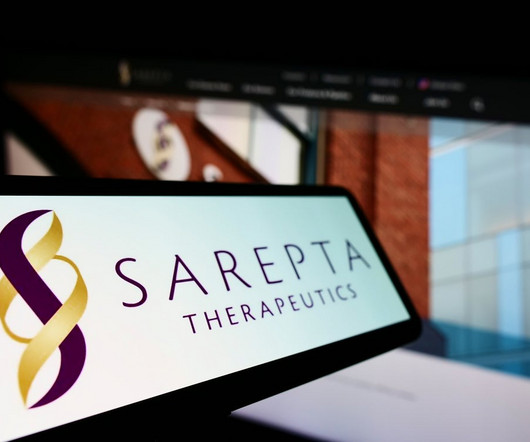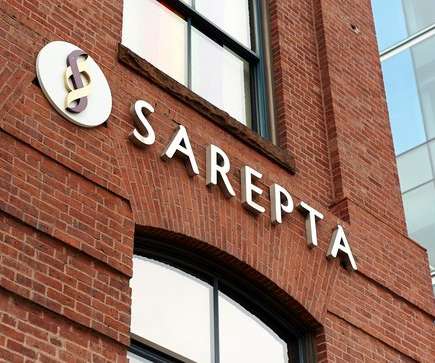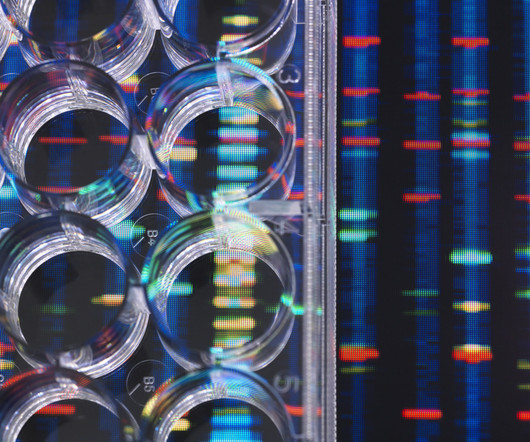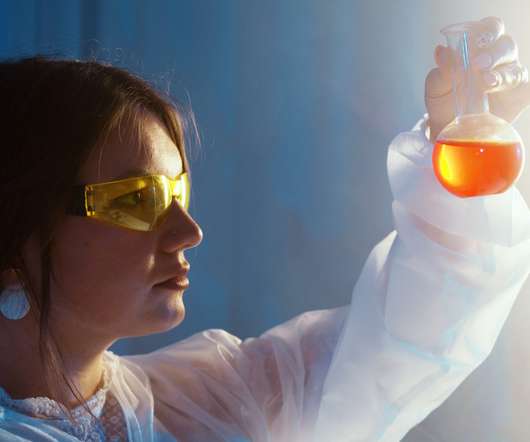FDA approves Duchenne gene therapy with hefty $3.2m price tag
Pharmaceutical Technology
JUNE 23, 2023
Sarepta will now need to complete a confirmatory trial to prove the therapy improves physical function and mobility.

 tag duchenne
tag duchenne 
Pharmaceutical Technology
JUNE 23, 2023
Sarepta will now need to complete a confirmatory trial to prove the therapy improves physical function and mobility.

Bio Pharma Dive
FEBRUARY 25, 2021
Amondys 45 is now cleared for the estimated 8% of Duchenne patients eligible for treatment. Like other Sarepta drugs, it comes with a high price tag and its clinical benefits haven't been confirmed.
This site is protected by reCAPTCHA and the Google Privacy Policy and Terms of Service apply.

XTalks
JUNE 28, 2023
Gene therapies for Duchenne muscular dystrophy (DMD) have been an area of intense research and Sarepta’s Elevidys is now the first one to be approved by the US Food and Drug Administration (FDA). million price tag of Elevidys, a one-time gene therapy. In a media call, Sarepta CEO Douglas Ingram revealed the $3.2

XTalks
FEBRUARY 27, 2024
Technologies like CRISPR-Cas9 have revolutionized the potential for gene editing, offering hope for curative treatments for conditions like Duchenne muscular dystrophy (DMD) and certain types of inherited blindness. Sarepta hopes to clarify Elvidys’ effectiveness in older children in a confirmatory trial.

FDA Law Blog
JUNE 27, 2023
Duchenne, Friederichs’s Ataxia, Sickle Cell Disease, Chagas, ALS). In addition to Mr. Karst, ten other HP&M Directors were tagged as “Recommended” by WWL: Life Sciences 2023: Ricardo Carvajal Robert A. Dormer Jeffrey N. Gibbs Paul M. Hyman Alan M. Kirschenbaum Allyson B. Mullen Frank J. Sasinowski Jeffrey K.

XTalks
FEBRUARY 11, 2021
They conducted two experiments, one with radioactive phosphorous to label DNA, and one with radioactive sulfur to tag protein (DNA does not contain sulfur and protein does not contain phosphate groups). Through the radioactive labels, they were able to track which of the two, DNA or protein, was injected into the bacteria.
Let's personalize your content